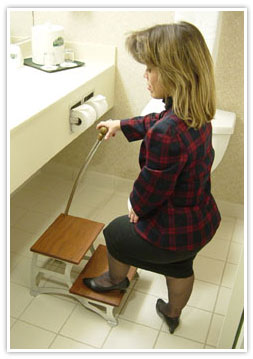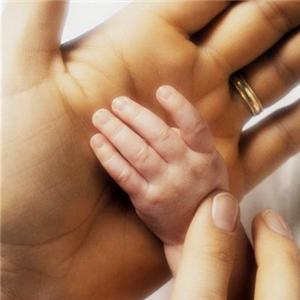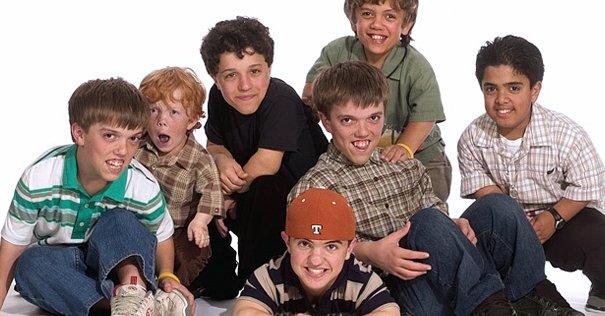Intro
Dwarfism is something that is either feared by some or accepted by many. The population of little people that share the Earth's surface with everyone else have something to give back to the world just as a normal scaled person would, but something sets them apart. No its not that they have smaller brains then us, or that they can't do as many things as we can, its their bone structure and variations of their skeletal system. There is really nothing that restricts them from completing daily task only that their enviromental scale is decreased. Some cope by lowering their tables at home and countertops, lowering the height of their beds to make for easier access, and using stools as an alternative for increasing their height around the house.
| Diagnosis:
Eight Types of Dwarfism: rhizomelic = bones of upper arm or thigh mesomeli = bones of forearm or lower leg acromelic = bones of hands and feet. chondro = of cartilage osteo = of bone spondylo = of the vertebrae plasia = form trophy = growth
|


